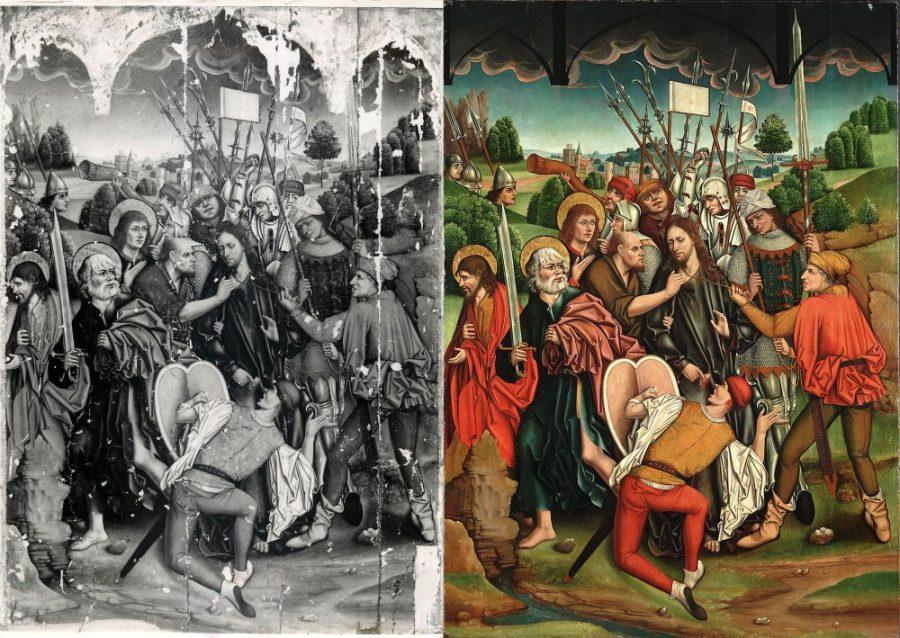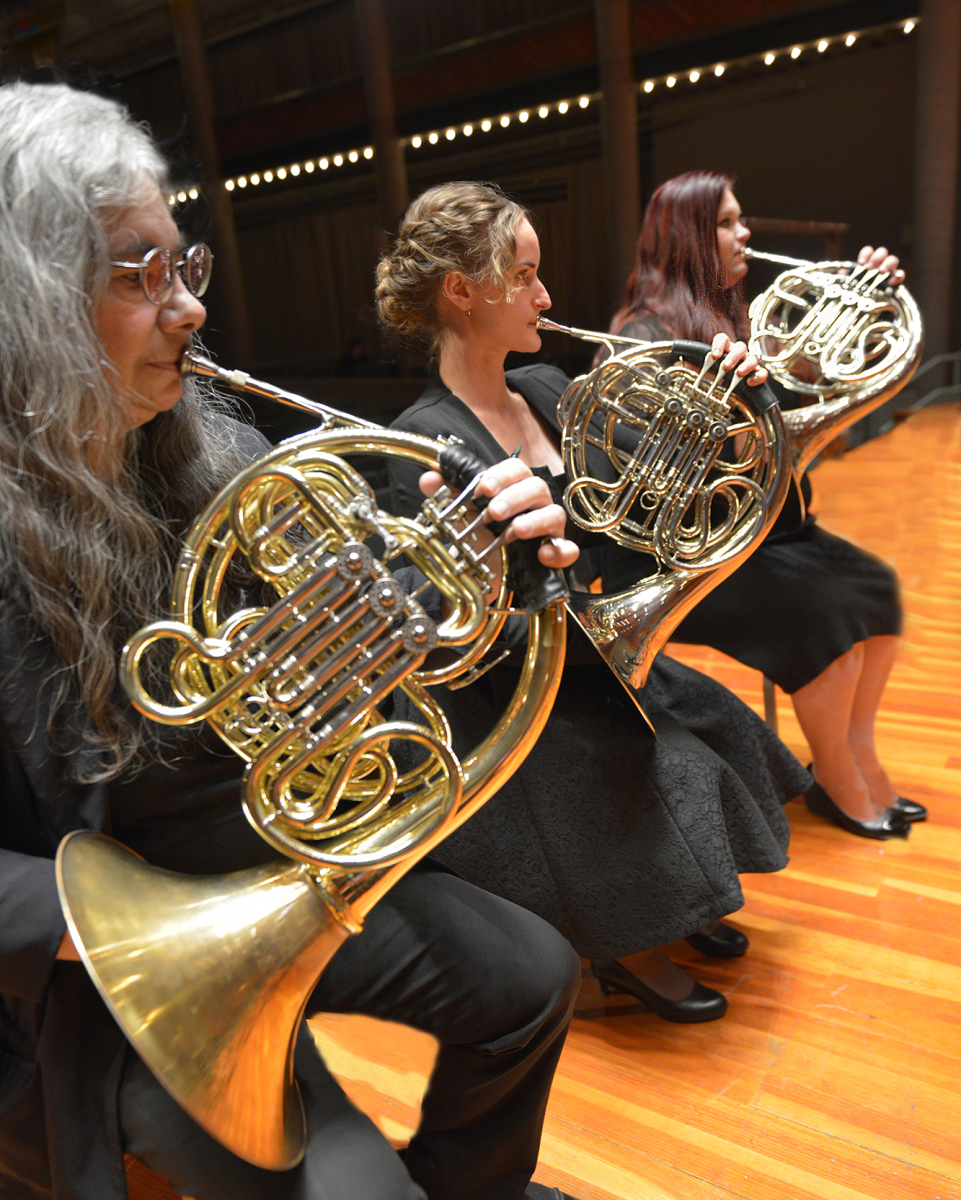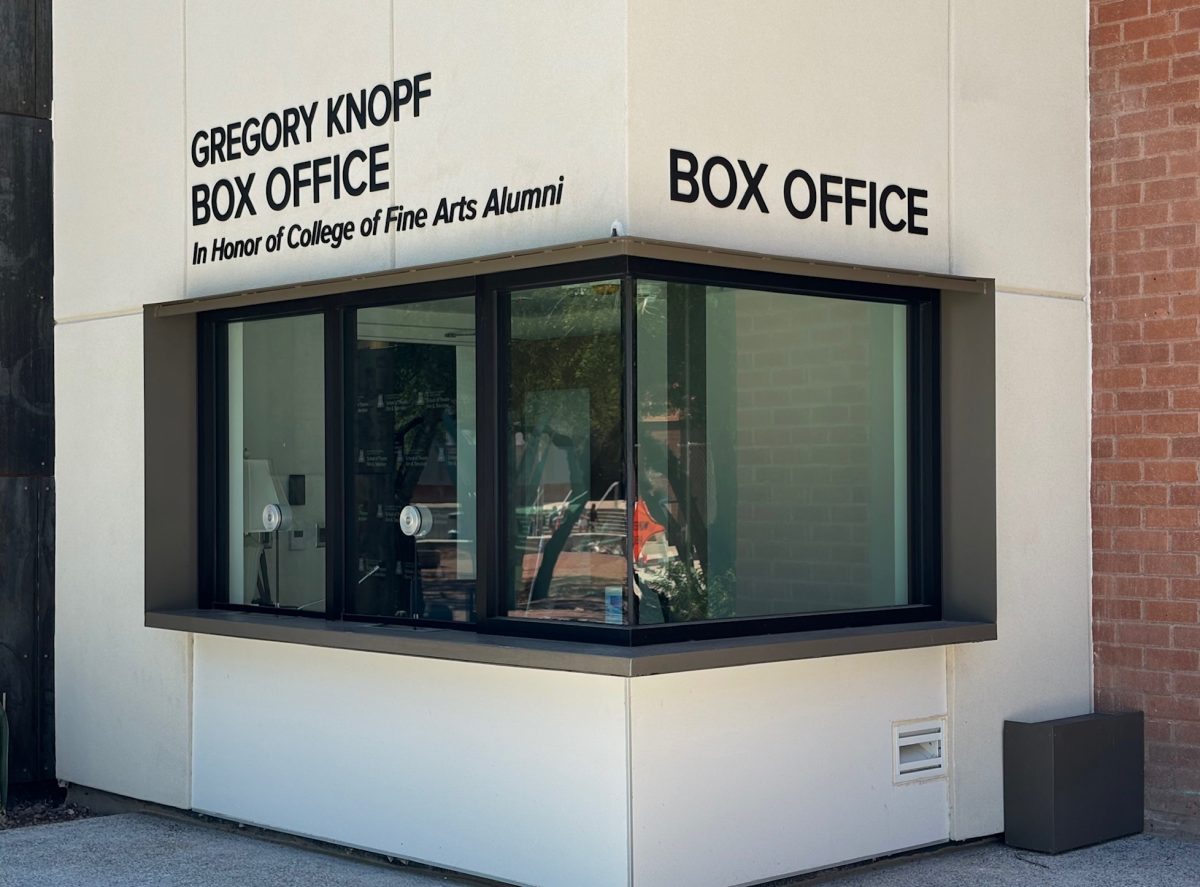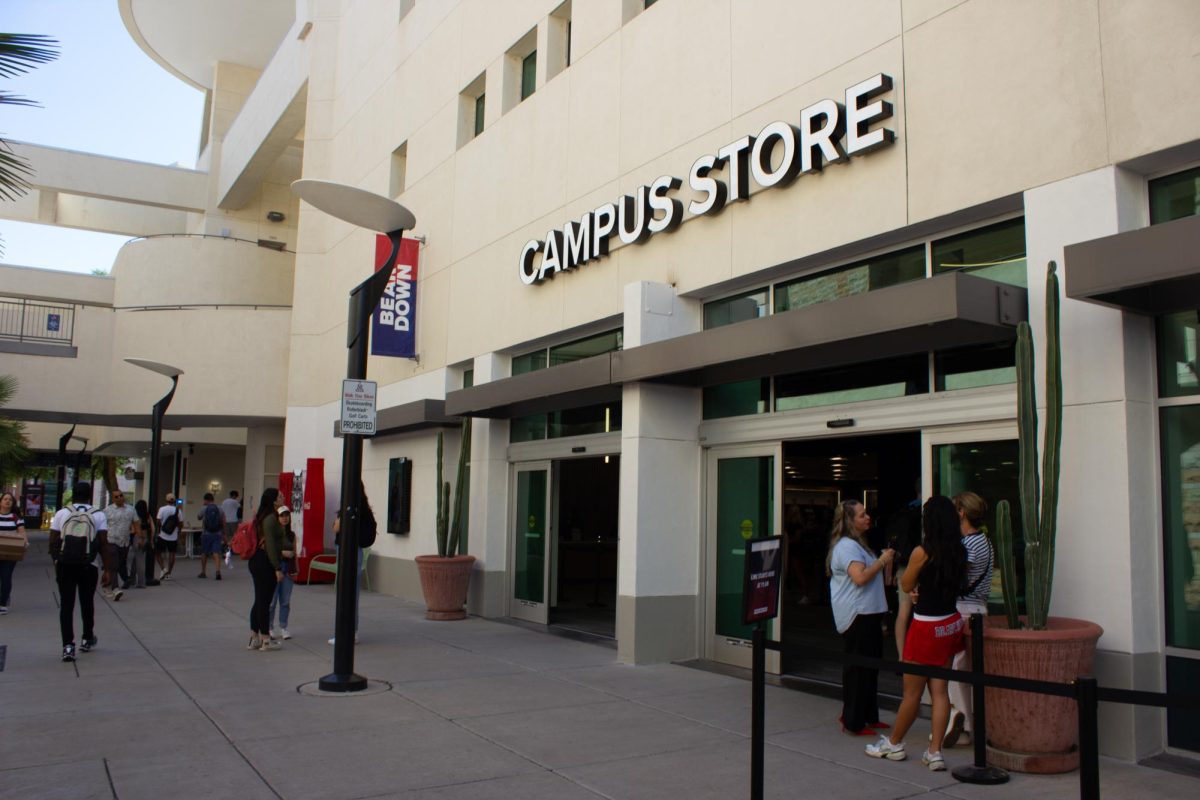Inside the UA Museum of Art hangs paintings that have withstood the storms of time, lasting over 500 years.
When someone views a piece at a museum, they’re seeing it at its best, but numerous evaluations and treatments take place before art makes it to the gallery wall.
UA Museum of Art curator Olivia Miller wants the story of art conservation illumined for the public in an upcoming exhibit.
“Exposed: The Art and Science of Conservation” will run from Jan. 14 to May 13 and will feature examples of deterioration threats to artwork, as well as a peak in to the work of art conservators.
“When people come in here they don’t see what it’s like behind closed doors and the effort that goes into preservation of the objects,” Miller said. “I think they have a right to know because it’s a public museum, and they should know what we’re doing to keep their culture safe.”
RELATED: UA joins Nationwide Digital Preservation Taskforce
The exhibit will feature pieces exemplifying what conservators call the 10 agents of deterioration, a list of potential risks to artwork. The museum turned to their own collection for real examples of damaged and repaired art, including a heavy painting damaged by physical force.
“At some point, the conservator believes someone dragged it, because it was so heavy,” Miller said. “Physical forces can be something as simple as somebody mishandling an object, it could be an earthquake, it could be an ancient vase buried under layers and layers of dirt, damaged in shipping, so that’s a good lesson to museums everywhere to always use a licensed art handler.”
Other dangers to art include fire, water, temperature, pollutants and theft.
Conservators and museum staff are challenged with protecting the longevity of artwork without losing its essential history and story.
“It’s about balancing the commitment to artists and the commitment to giving the public the optimal viewing experience, and that comes with risks,” Miller said. “You want to restore and get it as close as possible to the original intention, but at the same time you want to be as hands-off as possible.”
Longtime private art conservator Linda Morris specializes in traditional painting on canvas and watercolors on paper from her studio in Tucson. The Linda Morris Studio serves private collectors, historical societies, museums, colleges, galleries and framers.
She said protecting the artist’s original intent is important and so is ensuring artifacts remain in families for future generations to appreciate.
“It may be grandma’s one and only attempt at painting on a Sunday, citizenship papers or a major work of art by a well-known artist,” Morris said. “Regardless of monetary value, we treat each one with respect because grandma’s painting is important and has sentimental value to the family, and the major work of art may be part of a museum collection that many can enjoy.”

Morris said she opened her studio in 1988 after a career as a teacher and museum curator. She said she often finds herself working to correct previous repair attempts, as well as repairing the results of temperature and pollutants in materials like frames or scotch tape.
“There’s so many factors,” she said. “Conservation is a rapidly changing field, as are all of the sciences, and any intervention we do today should be reversible in the future.”
Conservators need a master’s degree and a lot of hands-on experience in the field.
Morris holds a master’s degree in Latin American studies: art history/conservation from the University of the Americas in Mexico City and received additional training for her specialized field. She said science is a major requirement of the job.
“My advice to students is they need to spend equal time in studio arts, art history and organic chemistry,” Morris said. “They also need to have a love, gentleness and respect for all artifacts.”
Science’s role in art conservation is another idea Miller hopes to highlight in the “Exposed” exhibit.
“So much of conservation is based on science,” Miller said. “To be a conservator you need to have a background in chemistry. People can be both interested in art and science and can find a happy marriage between the two.”
The Samuel H. Kress Foundation, a nonprofit art organization with a longstanding relationship with the UA, is invested in expanding interest in the technical side of the art field. The foundation said they awarded the museum a $9,255 grant to fund the exhibit and an upcoming full-day symposium on technical art history on March 23.
The symposium will further explore the science in art through lectures and talks, bringing in speakers from within campus and out.
RELATED: Mat Bevel’s Museum of Kinetic Art puts a spin on modern day art
“This recent grant to UA Museum of Art furthers both foundations’ interests in art conservation and technical art history,” said foundation deputy director Lisa Schermerhorn. “We are especially interested in art historians and students of art history expanding their knowledge of and comfort with technical art history.”
“Exposed” will take place in the art lab of the museum and will continue throughout the building, with art already on display flagged with information on its wear and conservation. General admission is $8 and the museum is free to students with a CatCard.
For more information on “Exposed” or the upcoming symposium, contact the museum at artmuseum@email.arizona.edu.









